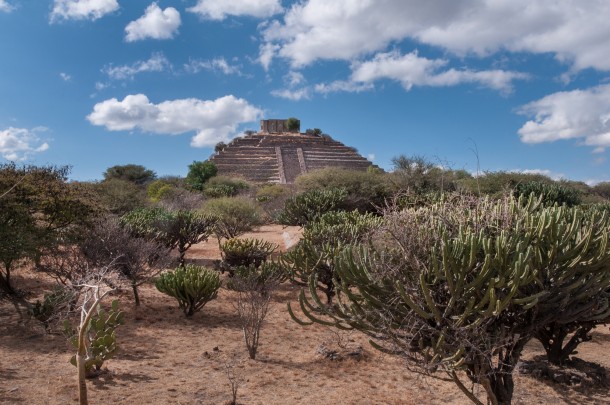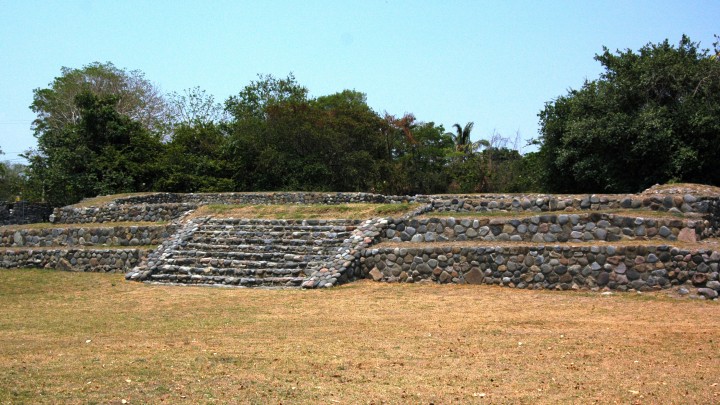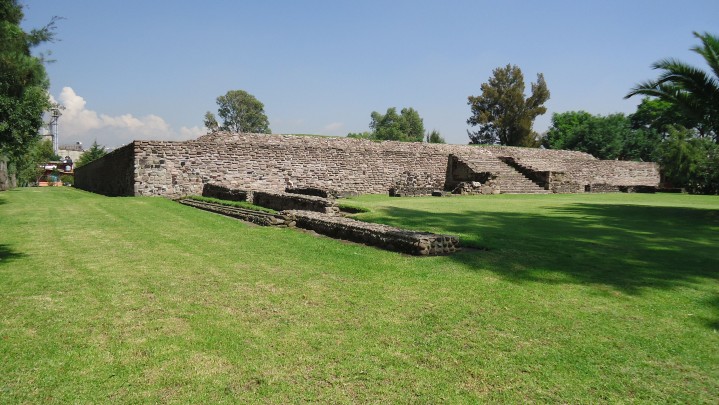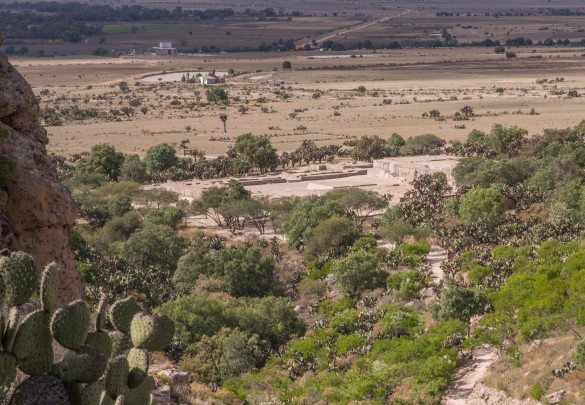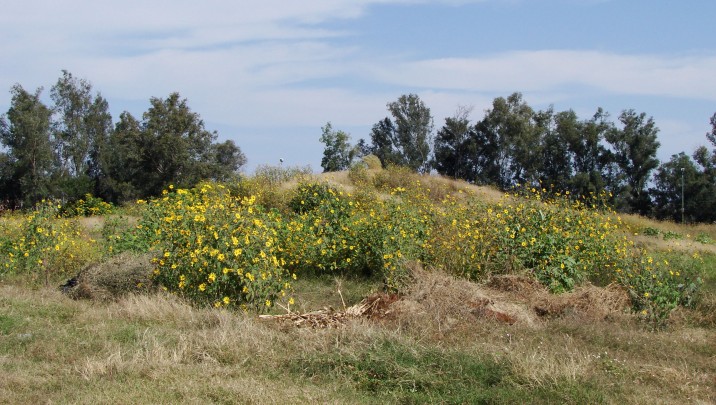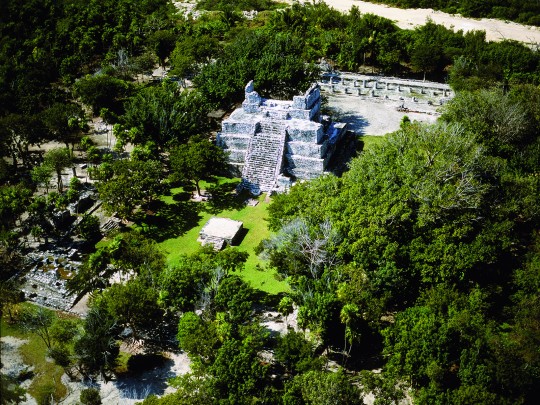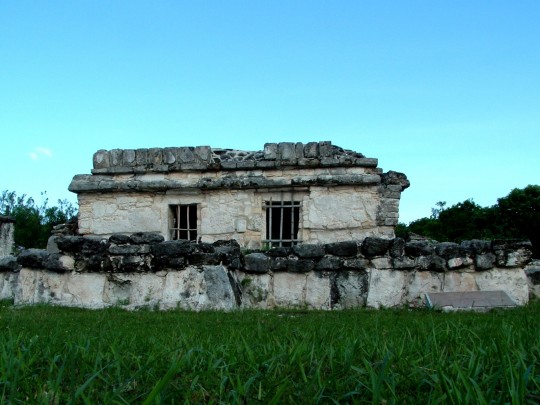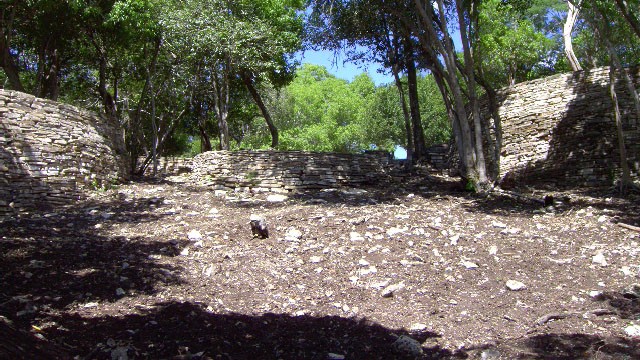189 Sites
It was an important ceremonial center with influences from several cultures, particularly the Toltec. Franciscan sources say that around 1632 the indigenous people continued to make offerings to the pre-Hispanic deities on these altars.
Querétaro
El Chanal is one of the most important sites of the Postclassic period in Western Mesoamerica, due to its unique architectural characteristics, its location, its time period and the size of the territory it covers.
Colima
Located in Naucalpan de Juárez, not far from the Periférico Norte (highway) in the northern suburbs of Mexico City, this site offers something unusual, a palace belonging to the fifteenth century pre-Hispanic nobility, one of the few examples of the civic architecture of the period.
Estado de México
One of the most important sites in the state of Guanajuato, it developed around a hill of the same name. On the lower level, the architectural complexes were public buildings and houses, those on the hillsides were administrative and residential areas, and at the top there is a ceremonial zone.
Guanajuato
Located in the municipality of Zapopan, within the metropolitan area of Guadalajara, its main feature is its mud architecture, typical of the buildings of the Atemajac valley. A number of tombs have also been found here.
Jalisco
Similar to Hochob, it has a building whose facade has a great mask with a monstrous open mouth with enormous fangs, which has been interpreted as an entrance to the underworld. Also worthy of note is the zoomorphic facade and the masks of the god Chaac which decorate another of the structures.
Campeche
Situated on the coast, it probably played an important role in the navigation routes of the Maya. From the top of the highest building of the zone, known as "El Castillo," there is fine view of Cancun and the surrounding area.
Quintana Roo
Located in the hotel zone of Cancun, it was one of the principal ports on the Caribbean coastal trade route. It has two plazas and a number of structures, some of which still bear the remains of mural paintings depicting gods.
Quintana Roo
In the foothills of the Sierra de Tamaulipas, it has more than 600 structures adapted to the irregular local terrain. The highlights are two enormous circular constructions and a pyramid with a ceremonial altar.
Tamaulipas

